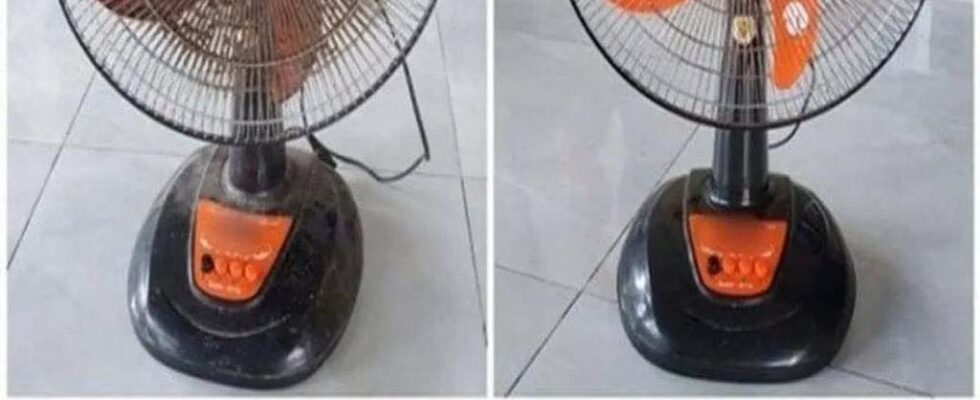Electric fans are essential for many homes, especially in the summer and for older adults who enjoy a cooling breeze without high air conditioning costs, but over time dust, allergens, and grime can accumulate on blades, turning a helpful appliance into a potential health hazard. Keeping your fan clean improves airflow, reduces allergens, extends the fan’s lifespan, and keeps your home smelling fresh, and you don’t need tools or disassembly to do it.
One effective method is a DIY baking soda and vinegar spray: mix 2 teaspoons baking soda, 1 teaspoon white vinegar, a few drops of dish soap, and 1 cup of water, pour into a spray bottle, unplug the fan, spray the solution on the blades while avoiding the motor, let it sit 10 minutes, then turn on the fan so the spinning motion flings off the loosened grime, using a towel or newspaper behind the fan to catch debris. Another approach uses equal parts liquid detergent, white vinegar, and fabric softener or alcohol; shake in a spray bottle, spray blades carefully while unplugged, let sit five minutes, turn on the fan to spin off dirt, and wipe the exterior with a damp cloth for a fresh scent and reduced future dust buildup. For a quick, dry cleaning method, use a soft brush to loosen dust on blades, vents, and grills, then vacuum the debris with a handheld vacuum or brush attachment, finishing with a microfiber cloth to remove residue. Additional tips include cleaning every 2–3 weeks during heavy use, always unplugging before cleaning, covering fans in the off-season to prevent dust, and avoiding harsh chemicals near the motor. With these simple methods—whether using a homemade spray, fabric softener blend, or dry brushing—you can maintain your fan efficiently, ensuring better airflow, cleaner air, and a fresher home without the hassle, making it safer and more comfortable for everyone, particularly seniors who rely on fans for cooling.
